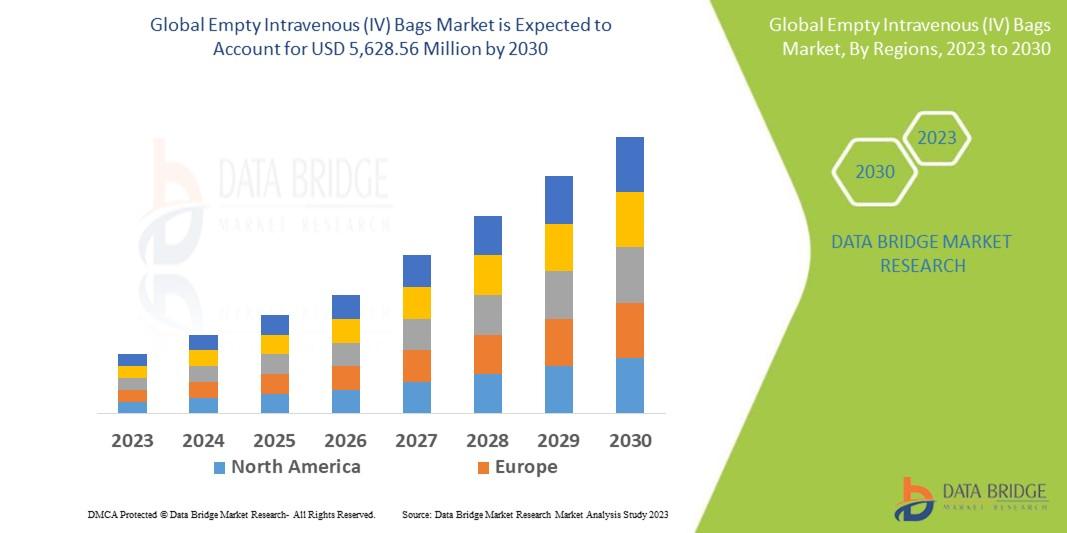Exploring Hedge Fund Carried Interest and Its Role in Fund Compensation

Hedge fund carried interest is a form of performance-based compensation commonly used in the hedge fund industry across the United States. It refers to the share of profits that fund managers receive—typically around 20%—after a fund generates returns exceeding a predefined benchmark. This incentive structure is designed to align the interests of fund managers with those of investors, encouraging high performance and long-term growth.
Carried interest is not considered a salary or fee; rather, it is a share of investment profits. As a result, it has traditionally been taxed at the capital gains rate, which is lower than ordinary income tax rates. This has sparked ongoing debate regarding tax fairness and policy reform.
In practice, hedge fund carried interest is calculated after the fund surpasses a hurdle rate and may include provisions like a high-water mark, ensuring managers only earn carried interest after recovering prior losses.
Understanding hedge fund carried interest is essential for investors, policymakers, and financial professionals. It plays a crucial role in structuring hedge fund agreements, influencing manager behavior, and shaping discussions around compensation transparency and tax regulations in the investment industry.




